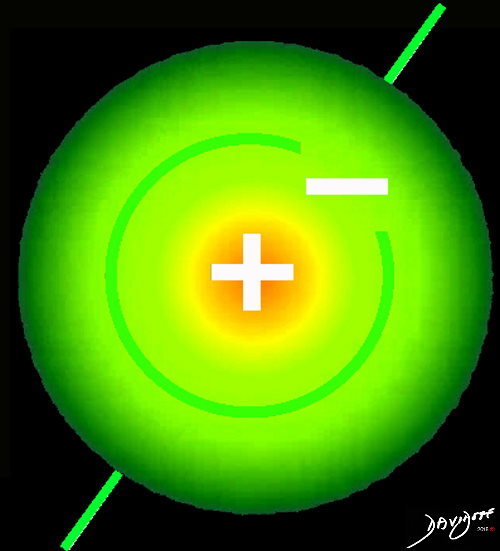
atom-0002
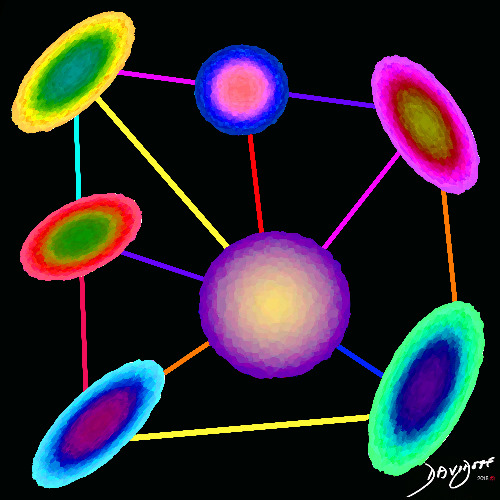
An electrically neutral group of two or more atoms held together by chemical bonds. Molecules do not have an electrical charge.
bonds- 0012
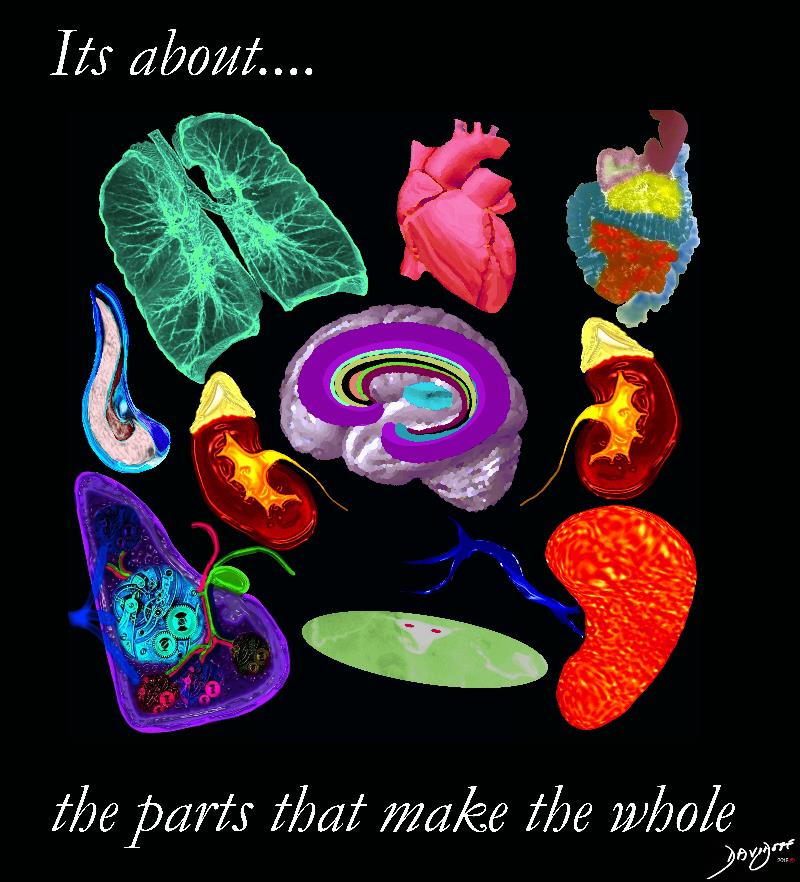
The Parts of the Body
structure-0003
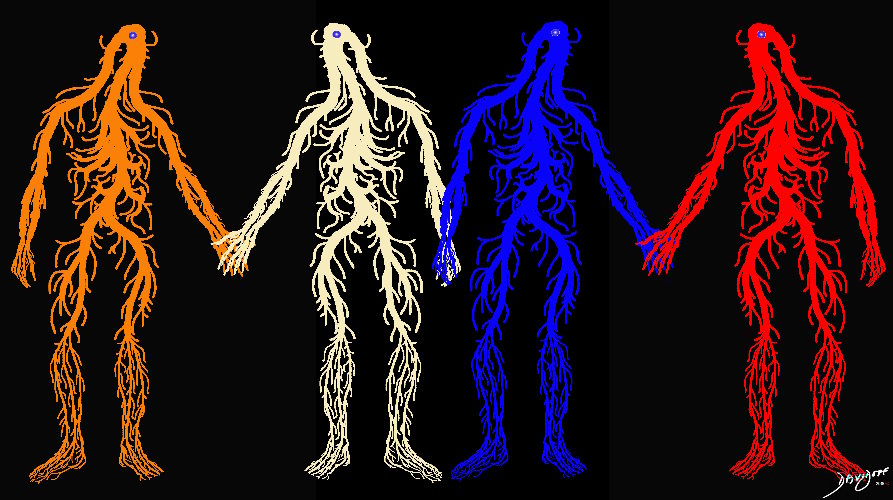
Arteries Veins Lymphatics and Nerves
bonds-0002
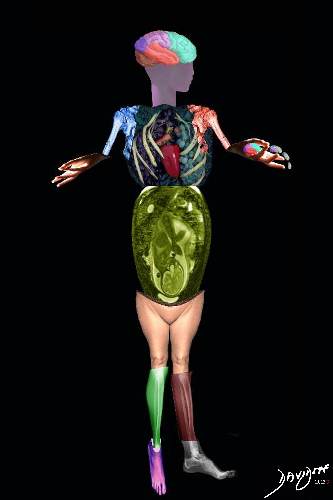
The collage of X-rays, MRI’s and CT scans shows the bonding of the parts to make the whole. The yearning for wholeness is a life time endeavour.
body-0020
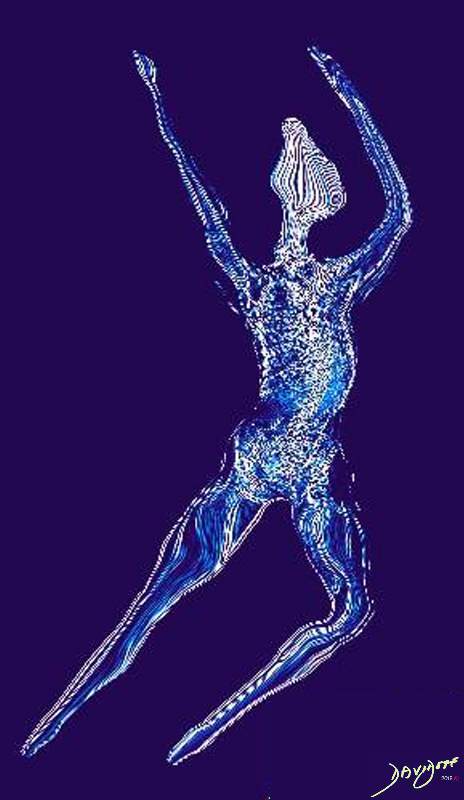
A variety of human endeavors combine the body mind and soul to produce magnificence – Sometimes the expression through dance brings the parts together
structure-0004
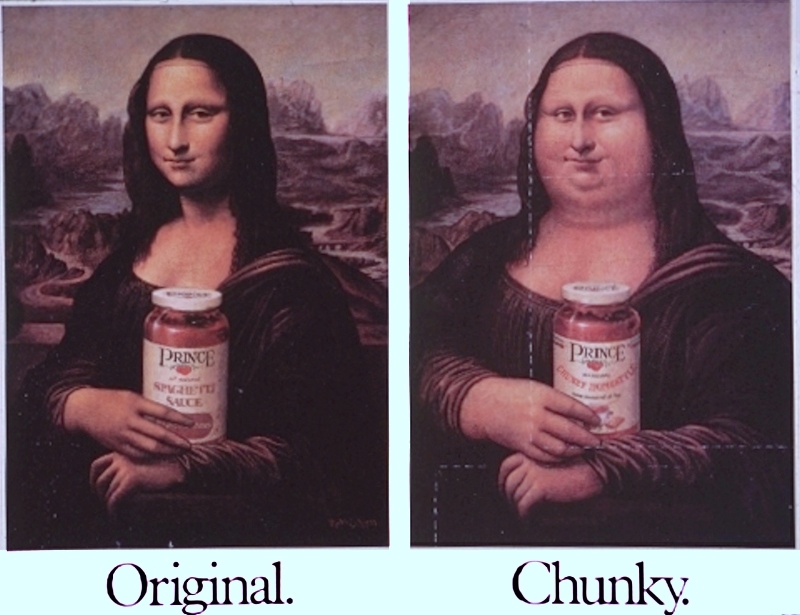
size-0006
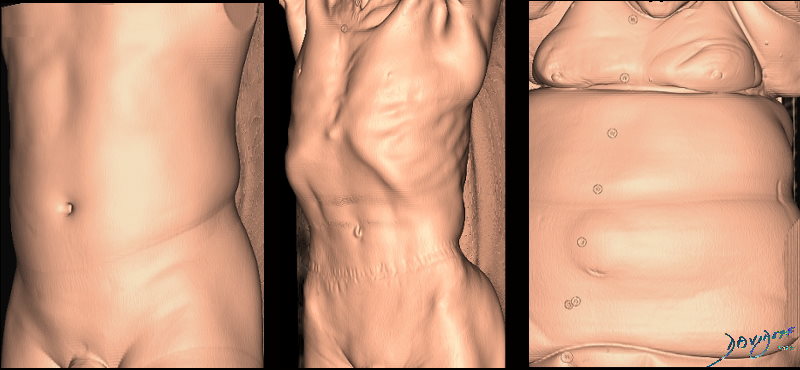
Image on the left shows a normal chest and abdomen. The middle image shows an emaciated body. The right image shows an overweight body
size-0001
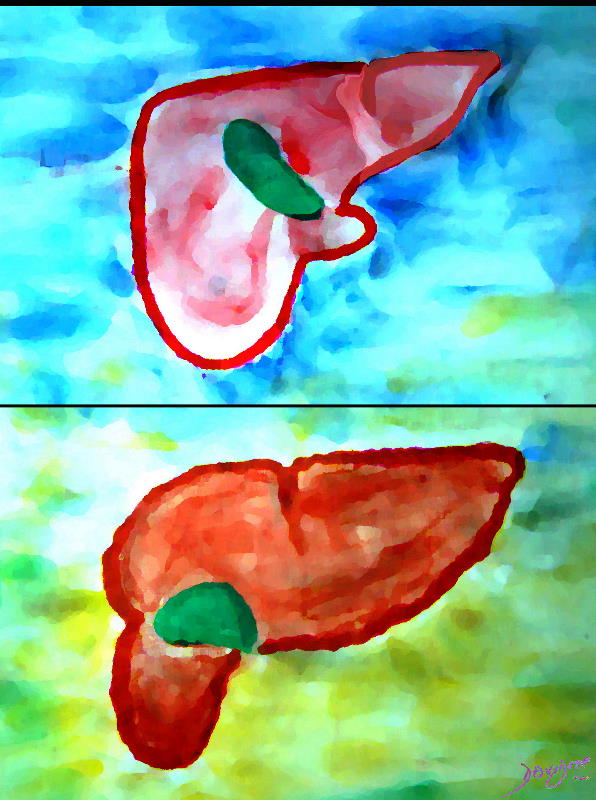
This diagram reflects the large left lobe of the liver in cirrhosis and the small right lobe. The caudate lob is not depicted.
Davidoff art
liver-00012c
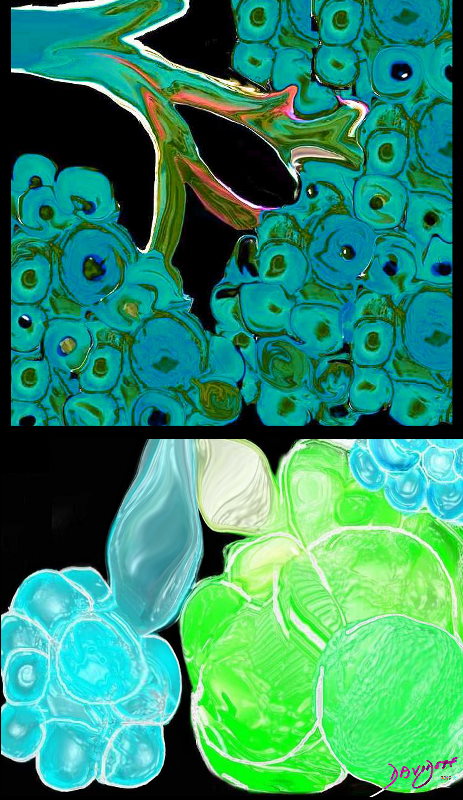
This diagram above illustrates the branching pattern of the tracheobronchial tree that extends from the bronchi to the terminal bronchioles transitioning into the alveoli via the alveolar sacs.
The diagram below shows alveoli and respiratory bronchioles that are too large due to loss of elasticity, so that air cannot be moved efficiently through them This is a diagram of emphysema causing hyperinflated lungs lung volumes
Davidoff art
size-0002
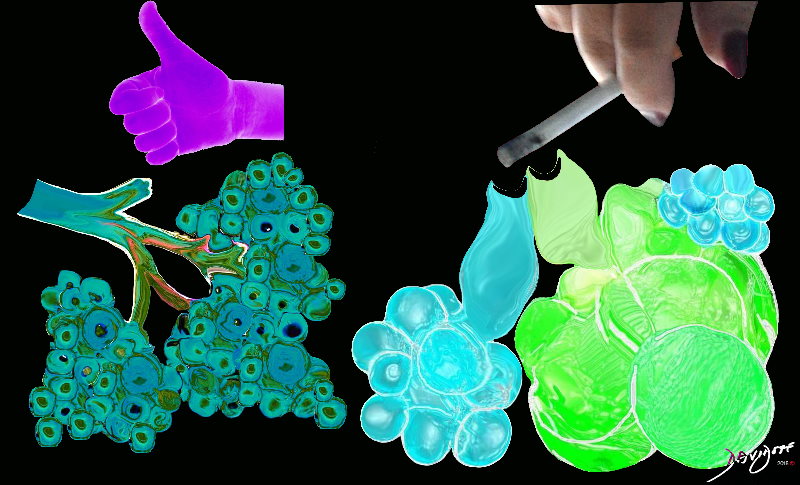
The CT scan on the left shows normal lung parenchyma while the CT scan on the right shows many black holes in the lung (“swiss cheese appearance”) characteristic of emphysema
Courtesy Ashley Davidoff MD
size-0004
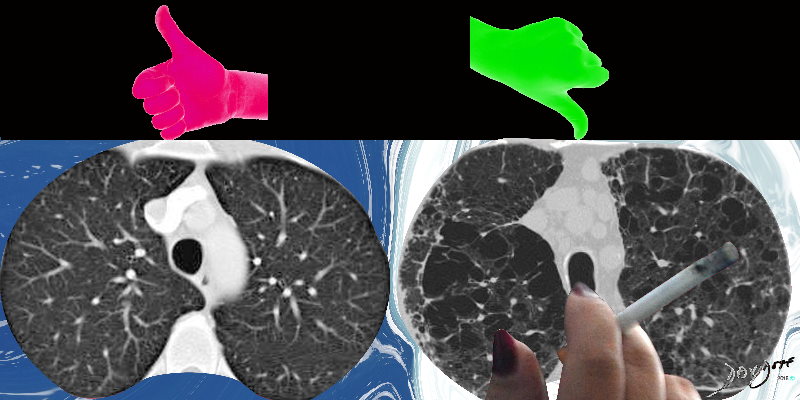
The CT scan on the left shows normal lung parenchyma while the CT scan on the right shows many black holes in the lung (“swiss cheese appearance”) characteristic of emphysema
Courtesy Ashley Davidoff MD
size-0004
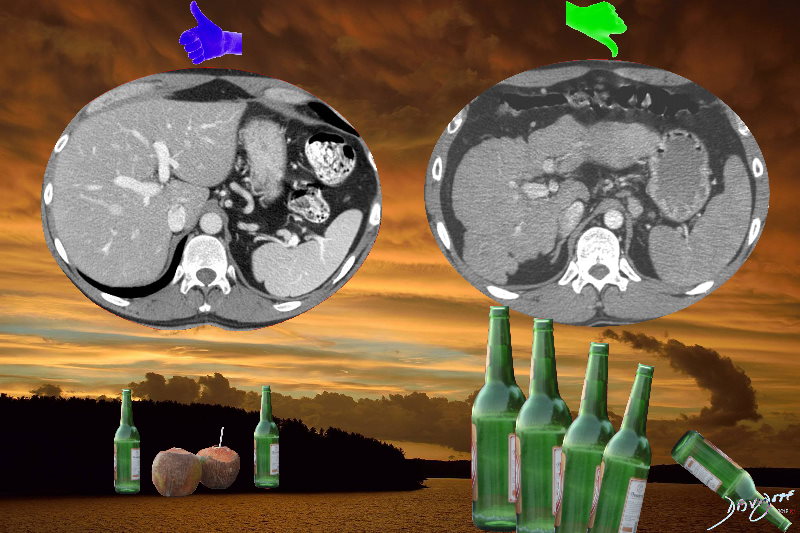
The CT scan on the left shows a normal sized liver in the context of a romantic evening with a couple sharing a beer at sunset by the sea .
The CT scan on the right shows a shrunken cirrhotic liver in the context of a person drinking alone and excesssively iwith raging clouds in the sky.
Courtesy Ashley Davidoff MD
size-0004
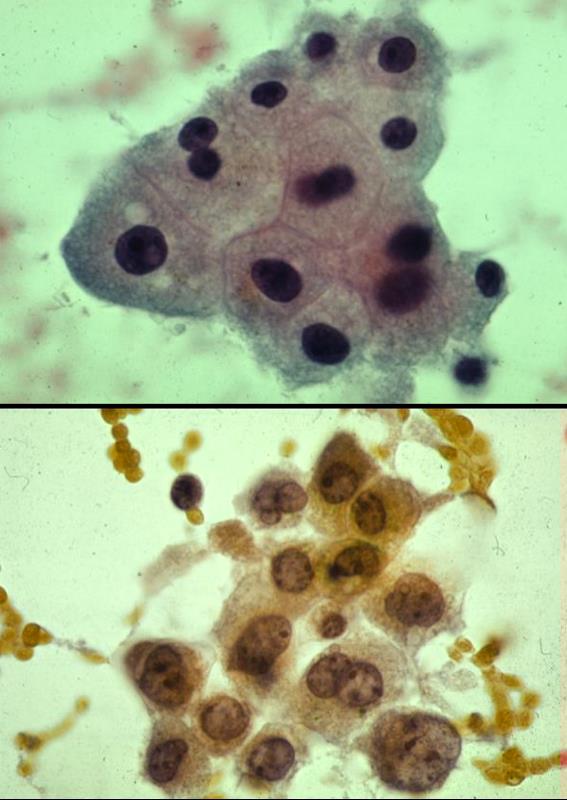
The normal (upper) and the abnormally large nucleus (lower)
Two histological sections above show a normal nuclear cytoplasmic ratio of some liver cells in the upper panel and cells with an increased nuclear cytoplasmic ratio on the lower panel indicating malignant change. The experienced eye and mind of the pathologist develops a geshtalt of what the normal ratio. This is a difficult measurement to make objectively.
Courtesy Barbara Banner MD
liver-0033
Shape
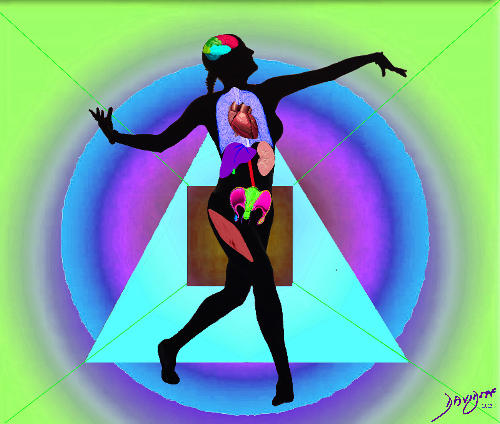
Copyright Ashley Davidoff MD 2018
shapes-0002
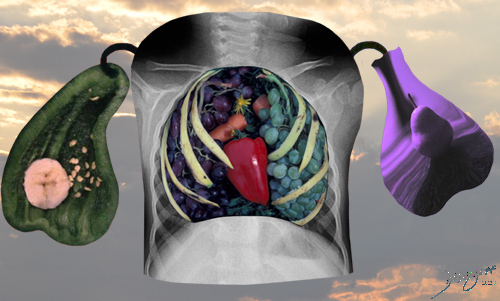
Staghorn calculi are large concretions that form abnormally in the intrarenal collecting system which has a similar shape to the horns of a stag.
Copyright Ashley Davidoff MD 2018
shapes-0007

size-0006
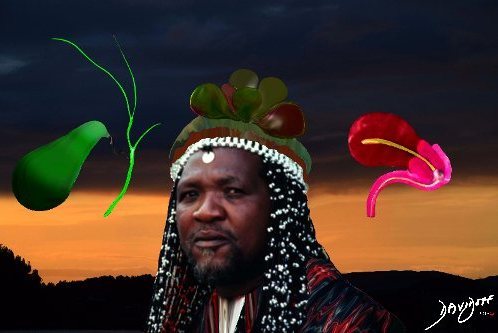
In the Zulu culture, the Sangoma or witchdoctor,wears a headress ornamented with the gallbladders of cattle. The Zulus believe that the uterus and the similalrly pearshaped gall bladder both receive and give life.
Copyright Ashley Davidoff MD 2018
shapes-0005
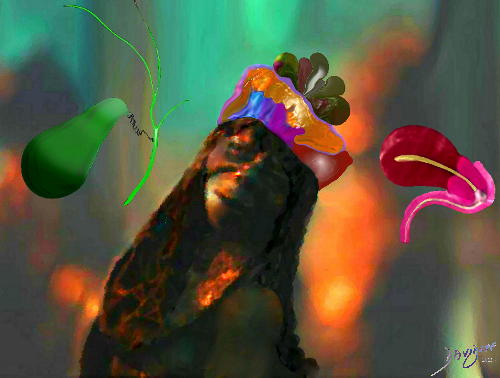
In the Zulu culture the Sangoma or witchdoctor wears a headress ornamented with the gallbladders of cattle. The Zulus believe that the uterus and the similalrly pearshaped gall bladder both receive and give life.
Courtesy Ashley Davidoff MD
shapes-0004
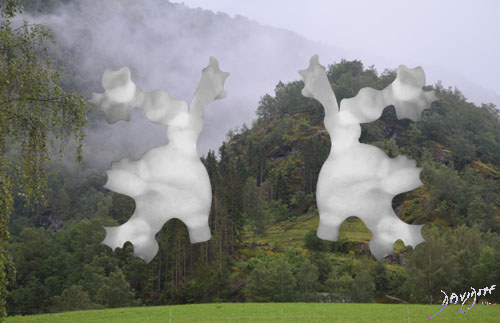
Staghorn calculi are large concretions that form abnormally in the intrarenal collecting system which has a similar shape to the horns of a stag.
Copyright Ashley Davidoff MD 2018
shapes-0006